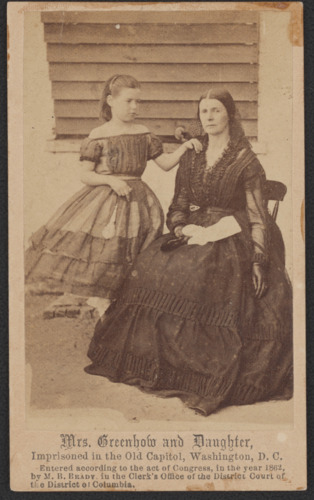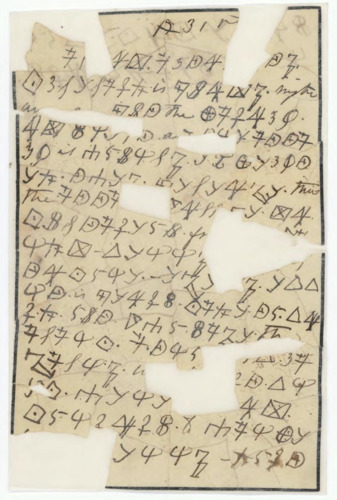Rose O'Neal Greenhow
Before The Civil War
Rose O’Neal Greenhow was born in a poor farming family in Montgomery County, Maryland sometime between 1813 and 1814. At the age of 14 and after her mothers death, Greenhow was sent to live with relatives in Washington, D.C. In D.C. she got married to Robert Greenhow, a federal librarian, and translator with medical and law degrees. The marriage helped Rose escape her low social standing and elevated her into Washington's high society.
During The Civil War
After losing her husband, Rose became sympathetic to the Confederate cause. She supported succession and wanted to continue the "southern way of life". In D.C. her strong support of the Confederate was noticed and she was recruited as a Confederate spy by U.S. Army captain Thomas Jordan.
In 1861, she passed secret information to a Confederate General about the Union military movements. The information regarded the battle, which would later be called "The Battle of Bull Run" and Confederate President Jefferson Davis credited Rose's information with the Confederate's victory.
Rose's spy network eventually expanded across several states and included 48 other women. The network shared messages using a cipher and provided information about a variety of Union military plans.
Eventually, people became suspicious of Rose. After receiving an anonymous tip a detective was given orders to watch her and case her house. He noticed suspicious visitors and behavior and placed Rose under house arrest. A search of the house was performed, which revealed intelligence materials, coded messages, maps of Union forts, and more.
Rose remained on house arrest but continued to pass information to members of her network by waving different colored handkerchiefs and smuggling notes. Northerners complained that her punishment was far too lenient for a spy and she was then transferred to Old Capitol Prison.
Ultimately, Greenhow was released from prison in May 1862 and was sent back to the confederate borders.
After The Civil War
During the summer of 1862, Rose went to Europe to raise funds for the Confederacy. On her way back, the captain of the boat she was traveling on thought he spotted Union ships. Rose, along with two others, worried about being captured and decided to use a rowboat to paddle towards shore. The rowboat capsized and Rose drowned, dying on August 19, 1864. She was buried with full Confederate honors.
Sources:
“Rose O'Neal Greenhow.” American Battlefield Trust. Accessed March 16, 2022. https://www.battlefields.org/learn/biographies/rose-oneal-greenhow.
Rose O'Neal Greenhow Papers at duke. Accessed March 16, 2022. https://library.duke.edu/rubenstein/scriptorium/greenhow/.
“Seized Correspondence of Rose O'Neal Greenhow.” National Archives and Records Administration. National Archives and Records Administration. Accessed March 16, 2022. https://www.archives.gov/research/military/civil-war/greenhow.

